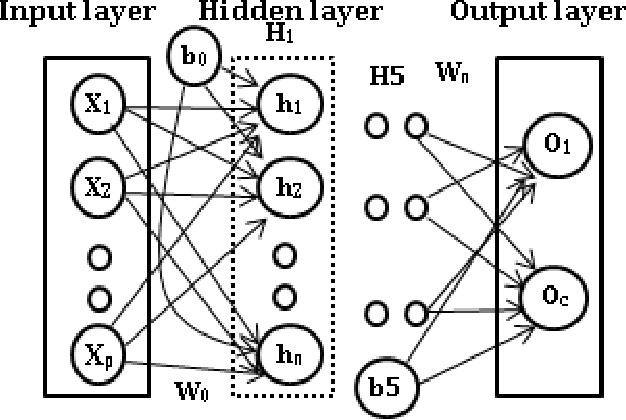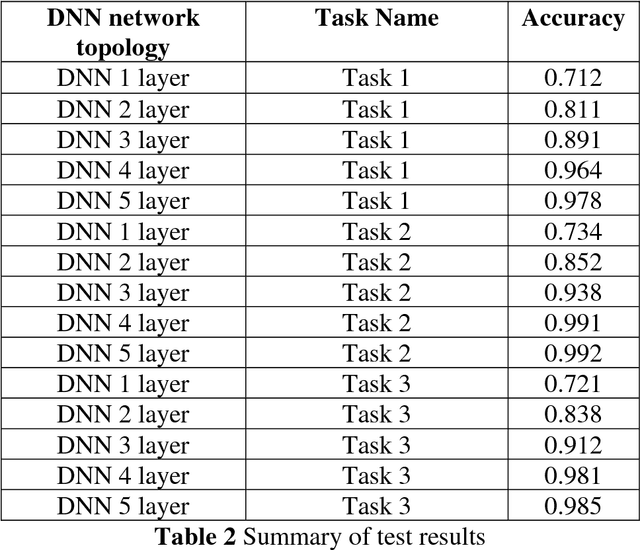Prabaharan Poornachandran
A Compendium on Network and Host based Intrusion Detection Systems
Apr 06, 2019Abstract:The techniques of deep learning have become the state of the art methodology for executing complicated tasks from various domains of computer vision, natural language processing, and several other areas. Due to its rapid development and promising benchmarks in those fields, researchers started experimenting with this technique to perform in the area of, especially in intrusion detection related tasks. Deep learning is a subset and a natural extension of classical Machine learning and an evolved model of neural networks. This paper contemplates and discusses all the methodologies related to the leading edge Deep learning and Neural network models purposing to the arena of Intrusion Detection Systems.
Deep-Net: Deep Neural Network for Cyber Security Use Cases
Dec 09, 2018



Abstract:Deep neural networks (DNNs) have witnessed as a powerful approach in this year by solving long-standing Artificial intelligence (AI) supervised and unsupervised tasks exists in natural language processing, speech processing, computer vision and others. In this paper, we attempt to apply DNNs on three different cyber security use cases: Android malware classification, incident detection and fraud detection. The data set of each use case contains real known benign and malicious activities samples. The efficient network architecture for DNN is chosen by conducting various trails of experiments for network parameters and network structures. The experiments of such chosen efficient configurations of DNNs are run up to 1000 epochs with learning rate set in the range [0.01-0.5]. Experiments of DNN performed well in comparison to the classical machine learning algorithms in all cases of experiments of cyber security use cases. This is due to the fact that DNNs implicitly extract and build better features, identifies the characteristics of the data that lead to better accuracy. The best accuracy obtained by DNN and XGBoost on Android malware classification 0.940 and 0.741, incident detection 1.00 and 0.997 fraud detection 0.972 and 0.916 respectively.
 Add to Chrome
Add to Chrome Add to Firefox
Add to Firefox Add to Edge
Add to Edge